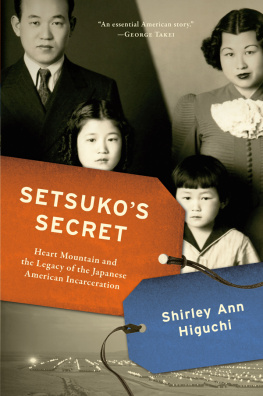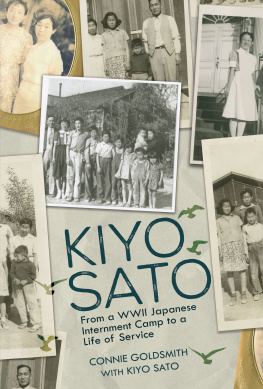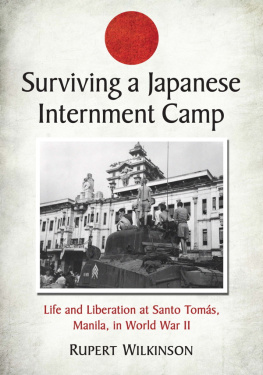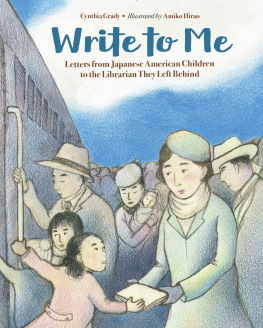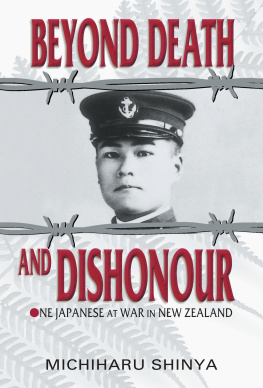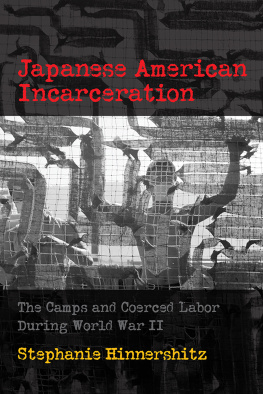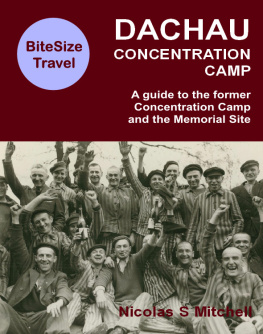Shirley Ann Higuchi - Setsukos Secret: Heart Mountain and the Legacy of the Japanese American Incarceration
Here you can read online Shirley Ann Higuchi - Setsukos Secret: Heart Mountain and the Legacy of the Japanese American Incarceration full text of the book (entire story) in english for free. Download pdf and epub, get meaning, cover and reviews about this ebook. year: 2020, publisher: University of Wisconsin Press, genre: Detective and thriller. Description of the work, (preface) as well as reviews are available. Best literature library LitArk.com created for fans of good reading and offers a wide selection of genres:
Romance novel
Science fiction
Adventure
Detective
Science
History
Home and family
Prose
Art
Politics
Computer
Non-fiction
Religion
Business
Children
Humor
Choose a favorite category and find really read worthwhile books. Enjoy immersion in the world of imagination, feel the emotions of the characters or learn something new for yourself, make an fascinating discovery.
- Book:Setsukos Secret: Heart Mountain and the Legacy of the Japanese American Incarceration
- Author:
- Publisher:University of Wisconsin Press
- Genre:
- Year:2020
- Rating:3 / 5
- Favourites:Add to favourites
- Your mark:
Setsukos Secret: Heart Mountain and the Legacy of the Japanese American Incarceration: summary, description and annotation
We offer to read an annotation, description, summary or preface (depends on what the author of the book "Setsukos Secret: Heart Mountain and the Legacy of the Japanese American Incarceration" wrote himself). If you haven't found the necessary information about the book — write in the comments, we will try to find it.
As children, Shirley Ann Higuchi and her brothers knew Heart Mountain only as the place their parents met, imagining it as a great Stardust Ballroom in rural Wyoming. As they grew older, they would come to recognize the name as a source of great sadness and shame for their older family members, part of the generation of Japanese Americans forced into the hastily built concentration camp in the aftermath of Executive Order 9066.
Only after a serious cancer diagnosis did Shirleys mother, Setsuko, share her vision for a museum at the site of the former camp, where she had been donating funds and volunteering in secret for many years. After Setsukos death, Shirley skeptically accepted an invitation to visit the site, a journey that would forever change her life and introduce her to a part of her mother she never knew.
Navigating the complicated terrain of the Japanese American experience, Shirley patched together Setsukos story and came to understand the forces and generational trauma that shaped her own life. Moving seamlessly between family and communal history, Setsukos Secret offers a clear window into the camp life that was rarely revealed to the children of the incarcerated. This volume powerfully insists that we reckon with the pain in our collective American past.
Shirley Ann Higuchi: author's other books
Who wrote Setsukos Secret: Heart Mountain and the Legacy of the Japanese American Incarceration? Find out the surname, the name of the author of the book and a list of all author's works by series.

